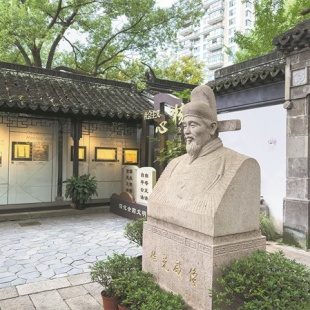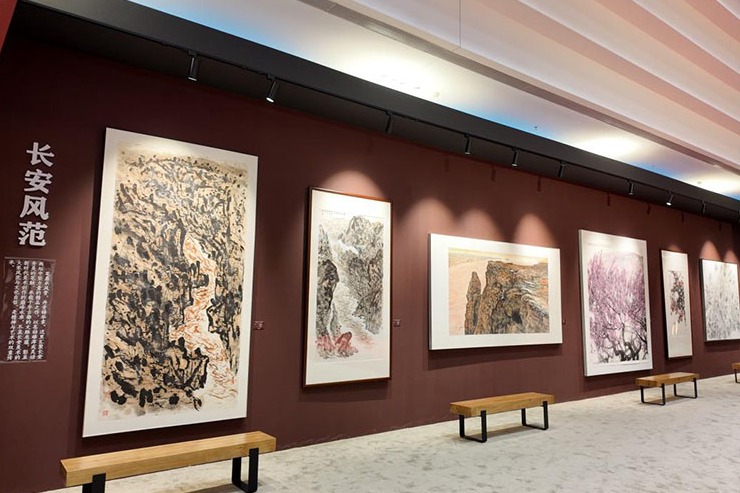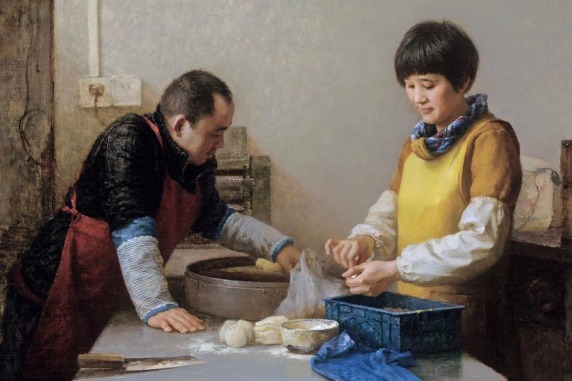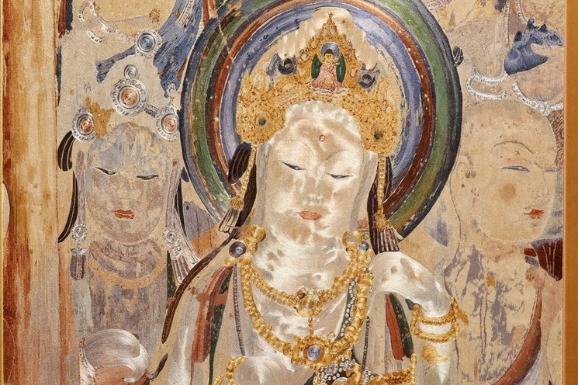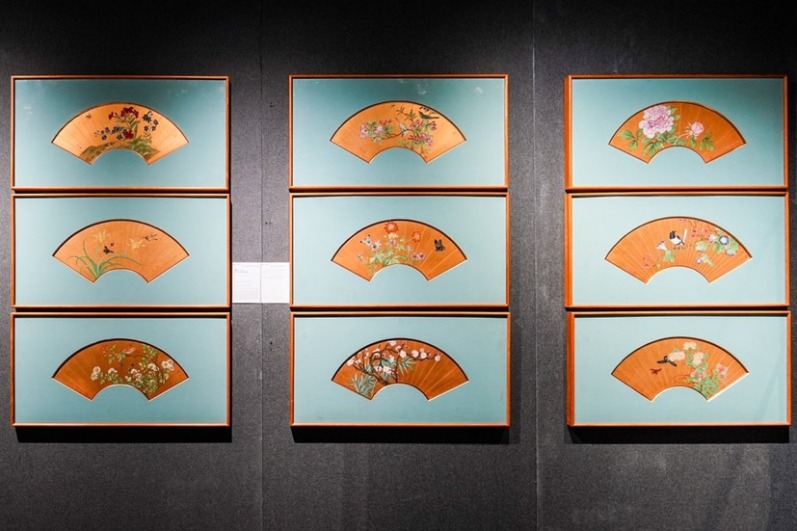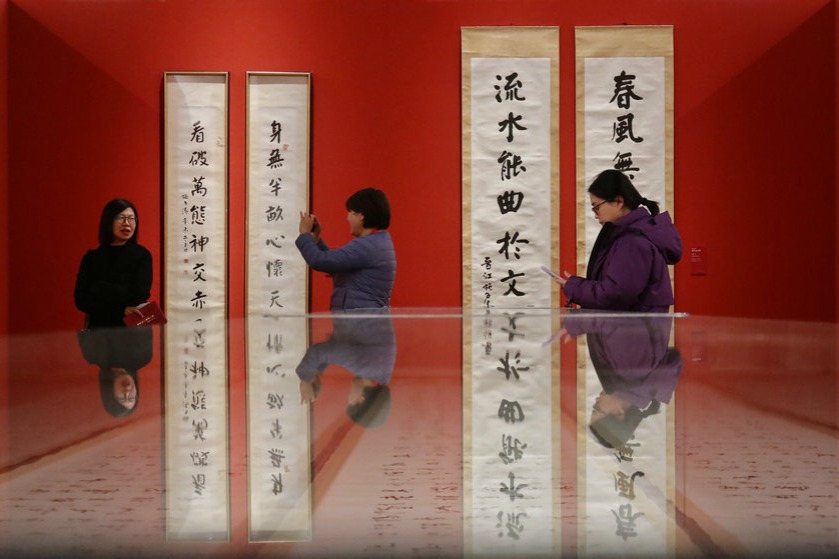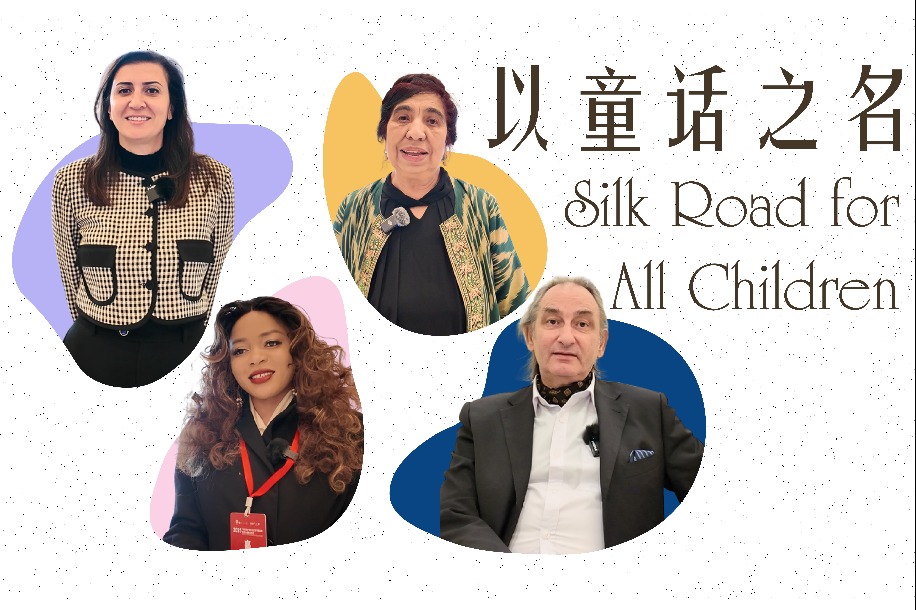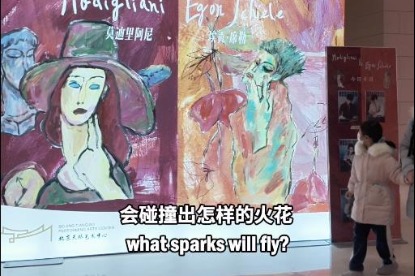Wise friends: A tribute to East-West dialogue and exchange

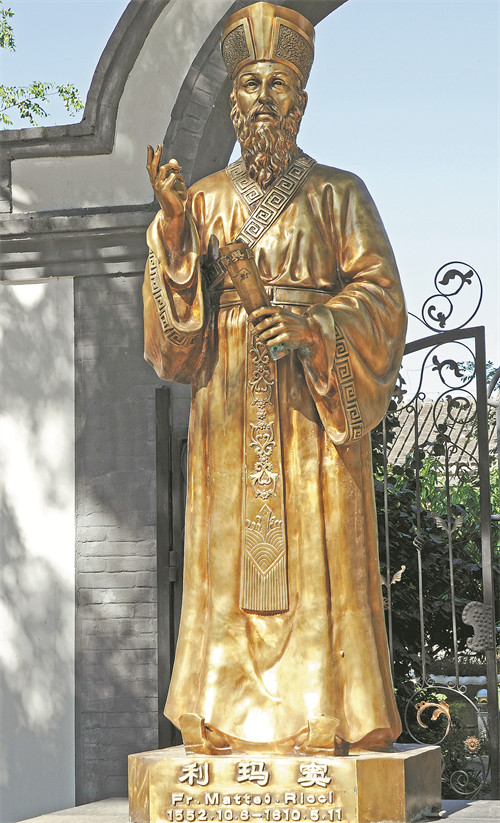
In the quiet hills of Italy's Marche region, the city of Macerata carries a legacy that extends far beyond its modest streets. It is the hometown of Italian missionary Matteo Ricci, one of the most influential cultural bridges between the East and the West in the 17th century.
Today, Ricci's presence can be felt throughout the city. A map titled "Matteo Ricci Itinerary" guides visitors past landmarks bearing his name. At the heart of Macerata lies "Li Ma Dou" Square, named in Chinese pinyin to reflect Ricci's ties to China. Its centerpiece is the bronze sculpture Ricci and Xu Talk about the Way, which portrays Ricci alongside Chinese scientist Xu Guangqi.
The statue shows Ricci in Confucian robes, his hand extended as if pointing toward a path, while Xu listens attentively. A plaque beneath describes them as "two wise men of the 17th century … pioneers of the fruitful encounter between Chinese and European civilizations".
Created by Yang Dongbai of the Shanghai Institute of Visual Arts, the sculpture was unveiled in May as a gift from the Father Matteo Ricci International Foundation. "This work represents a vital cultural exchange between China and Italy, and I felt a deep sense of responsibility," Yang says.
He explains that the artistic style incorporates elements of Chinese culture, aiming to capture the essence of friendship and dialogue.
Ricci and Xu first met in China in the early 1600s. Their partnership, rooted in friendship with intellectual collaboration, led to the Chinese translation of Euclid's Elements and the introduction of Confucian texts to Europe.
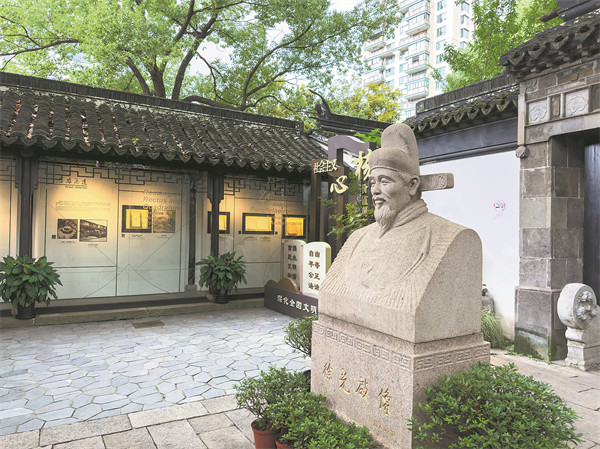
For Macerata, the unveiling of the sculpture adds to a series of memorials honoring Ricci's role in fostering cultural exchange.
"Centuries ago, Ricci embraced Chinese culture. Today, the deep bond between our peoples remains strong," says Katiuscia Cassetta, councillor for culture of the Municipality of Macerata.
In Shanghai, Xu's hometown, a corresponding sculpture stands in Guangqi Park. Since 2014, Macerata and Shanghai's Xuhui district have exchanged statues of Ricci and Xu, formalizing a gesture of cultural reciprocity.
"Their friendship was built on equality, respect and mutual admiration. They set an example for today's exchanges between the two peoples," says Song Haojie, a scholar of Sino-Italian cultural exchange.
Dario Grandoni, president of the Father Matteo Ricci International Foundation, highlights Ricci's enduring legacy of fostering mutual understanding.
"Ricci was humble, respectful and deeply committed to understanding Chinese culture," he says.
According to Grandoni, naming the square in Chinese pinyin is intended to make Chinese visitors feel welcome in Macerata, underscoring the square as a symbol of cultural integration.


